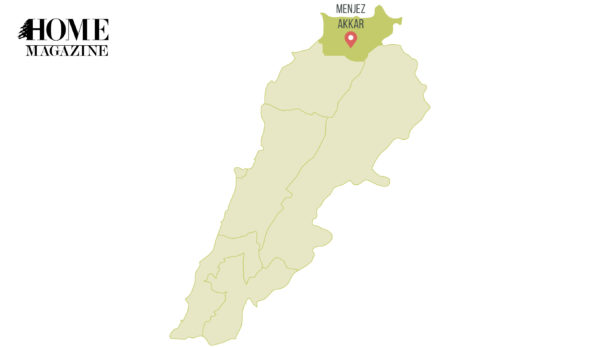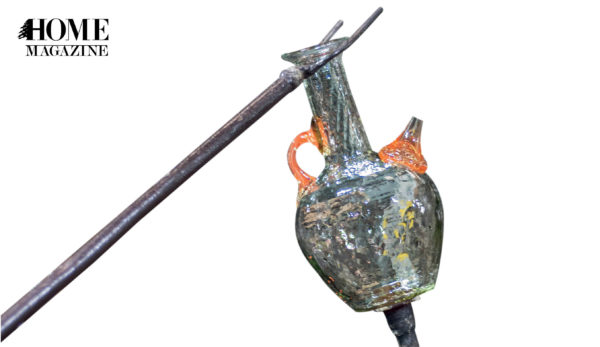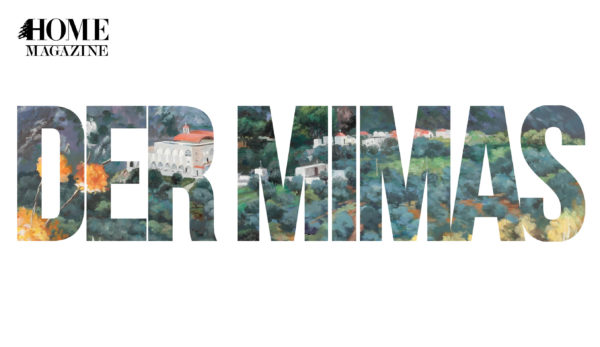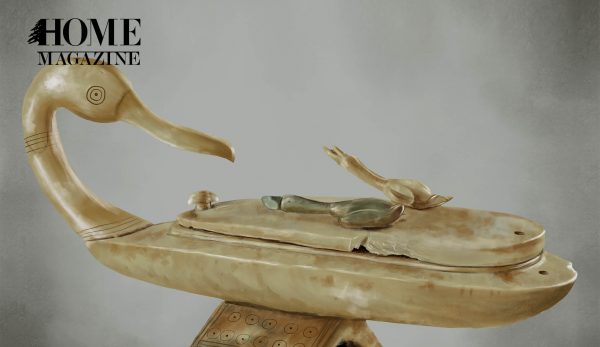The Chouf region reveals a huge wealth of archeology. Here is a selection of four archeological treasures.
What would come to mind if you were asked what are the main heritage sites in the Chouf? Beiteddine? Definitely! Deir El Qamar? Of course! Moukhtara? Yes! Baakline maybe? Certainly! But do you know that the Chouf region also houses archeological sites and remains that cover a period from the 3rd millennium B.C. up to the Chehabi? These are the sites we will be travelling to today: a selection of four archeological sites, in the heart of the Chouf region, some of them well preserved and others just with few remains.
Qasr Swayjani, Abou el-Hasan, Qal’et el-Hosn and Niha are fortifications from the medieval periods that were used to guard the routes that connected the coast to the Bekaa valley.
While Abou el-Hasan and Niha were cited in medieval chronicles and there existence was known by scholars, Qasr Swayjani and Qal’et el-Hosn have faded into oblivion, especially since so few of the scattered remains are still visible above ground level. Recent research and surveys of the region have put them back on the list, and have led to a better understanding of those sites.
The only archeological excavations of Qasr Swayjani were in 2005 (under the direction of Hassan Badawi, Professor at the Lebanese University, Department of Archeology) and in 2010 and 2011 (under the direction of Wissam Khalil, Assistant Professor at the Lebanese University, Department of Archeology). Different artifacts were found during the excavation campaigns: pottery remains and coins dated between the 3rd century and the 1st century B.C., and also silver bracelets, earrings and rings, bronze ornamental objects, arrow heads and agricultural tools.
The variety of objects reveal the diverse activities like weaving, milling and food storage that would have taken place there.
Abou el-Hasan is one of the best preserved forts in the Chouf region. It is a square structure with vaulted rooms that can be dated to the 12th century A.D., while the pottery shards found on the surface are as old as the 1st century B.C. It is likely that the function of this site was to guard the route (still visible) between Sidon and Jezzine.
Qal’et el-Hosn is most probably the oldest and the largest fortification of the region. The boundaries of the fort can be appreciated by the remains of a massive defensive wall flanked with four square towers. Architectural examinations of the site to date it back to the 8th – 5th century B.C., and consequently it would be one of the oldest fortification sites in the Chouf region.

As for Niha, it is located inside the southwestern part of the Shouf Biosphere Reserve. Although no archeological excavations have been conducted on this site, its presence is known through medieval and oriental chronicles. The fortress was used by the Crusaders as a surveillance point of the road that linked Sidon to the Beqa’ Valley. It is also famous since it was used by Emir Fakhreddine II as a shelter when he fled the Ottomans in 1633 (the Ottomans ended up seizing him).

Our identity arises from our history and origins. Knowing our history and origins will help us better understand our future. The Chouf region has other small treasures, some of them have already been identified, but are not well studied, others that are still waiting to be revealed. It is possible to visit the four sites in one day, as there are no opening hours or guides except for Niha. Niha is located inside the Shouf Biosphere reserve.
for more information:

































